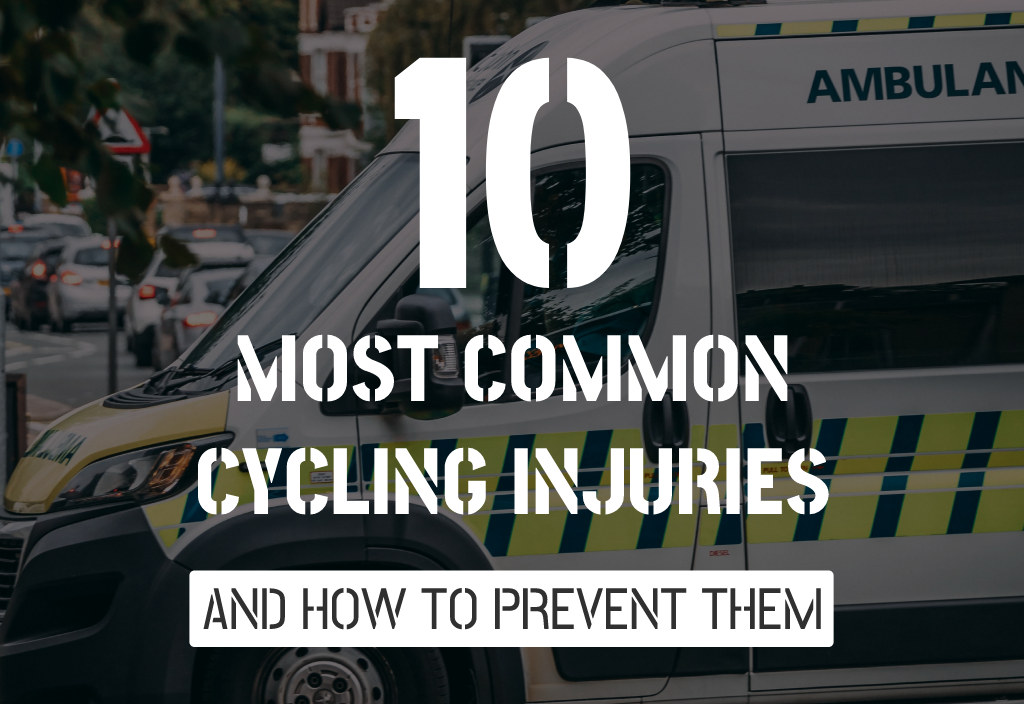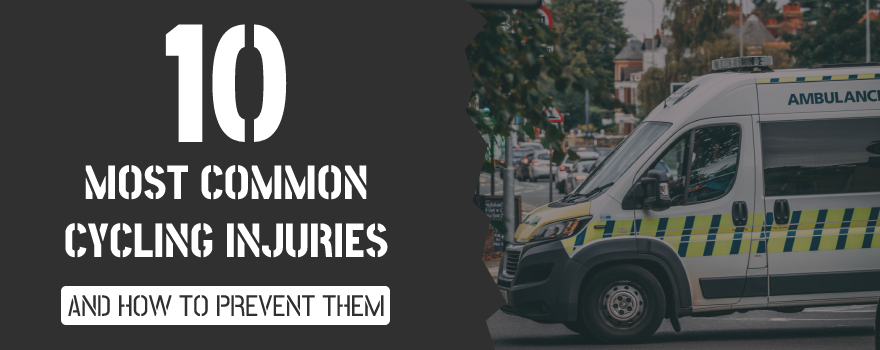
Whether you’re cycling for leisure, exercise, or competition, injuries are a constant concern. Accidents can be unpredictable, injuries leave their mark, and poor form creates cumulative damage.
However, some of the most common risks can be avoided with a little extra care and pre-planning.
Cuts and Grazes.
Scrapes and cuts are easily caused. These are commonly shallow ‘abrasions,’ but can easily be serious lacerations that require stitching or medical intervention. While a graze can heal quickly, any injury carries risk of infection and takes time and care to dress and clean correctly.
Solution: Gaining additional protection from cycling shorts and jerseys can help limit damage to your skin. Taking the time to work on your balance and posture can also help prevent spills and trips. And it’s worth remembering that your weight should be shifted to the back of your bicycle.
Hip Pain
Hip injuries can be caused by unavoidable impacts. But cumulative hip pain is trouble that can be easily avoided. This manifests as shooting pain at the side of your hip that radiates down the leg toward the kneecap. This is caused by a combination of muscle tightness and exacerbated by long-term sitting on your saddle or as part of our daily jobs.
Solution: The chief culprit here is your saddle height. To correct this, place your dominant heel on your pedal and adjust your saddle until your leg is completely straight. This should avoid over-extension and prevent ‘favouring’ of one leg over the other.
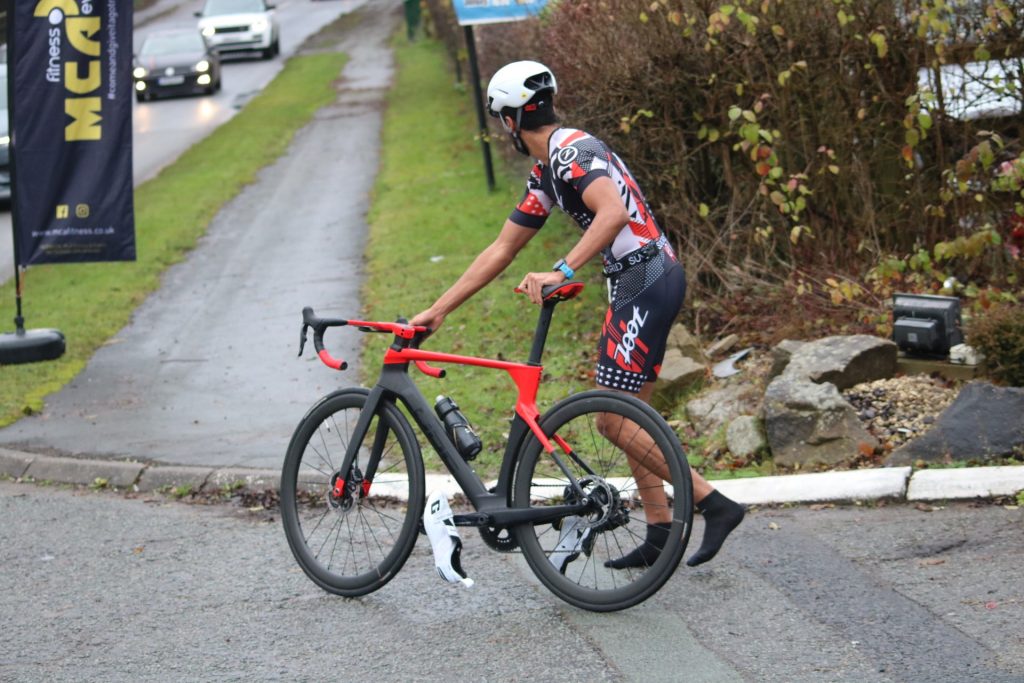
Blisters
Seemingly unavoidable, blisters are the bane of all cyclists. These are produced by friction and cause fluid to pool in the layers of your skin. This commonly occurs in the hands and feet. It can also be seen in heat blisters from cycling in the sun, or blood blisters from pinches or caught skin.
Solution: If you are prone to blisters, coat the area with Vaseline and add protective binding to reduce friction. You should also ensure that your shoes and gloves are well broken in, and that your clothes fit properly, to help prevent unnecessary chafing.
Urogenital Issues
A less talked-about concern for male cyclists is a condition called pudendal neuropathy. This is a numbness that affects the genital region and, if left unaddressed, produces pain or even long-term vascular damage. The issue is caused by cutting off the supply of blood due to the weight of the torso being focused on a small area.
Solution: Adjusting or replacing your seat can quickly resolve the issue. Look for one that matches your body shape and carries enough padding. Some makes and models remove parts of the seat for this specific issue, and using padded cycling shorts can also help combat problems.
Acromio Clavicular Joint Sprain
An Acromio Clavicular (AC) sprain occurs on the shoulder and is localised to your collarbone. The front of the shoulder blade is attached by ligaments. Damage to these causes pain and can result in a potentially damaging shoulder separation. This also often caused by spills, falls, or landing on the shoulder or on an outstretched hand.
Solution: Ensure that your pedals are level. This can help keep your weight evenly distributed. But caution is the best prevention. AC sprains are commonly caused when over-ending on a descent, so be conscious of your speed, braking, and look out for stumps or rocks that could cause incidents.
Wrist and Forearm Pain
Cycling is fun, but it is important not to overdo it. Enthusiastic hobbyists and hard working professionals often find themselves victim to carpel tunnel syndrome or ‘cyclist’s palsy’ – an irritation of the ulnar nerve. This brings numbness, cramping, pain, and numbness that can lead to further accident or injury.
Solution: Riding with slightly bent forearms reduces the pressure on your hand and wrists and allow the arms to act as shock absorbers. It is also essential to make sure that your wrists do not drop below the handlebars, which can cause damage if you are forced to come to a sudden stop.
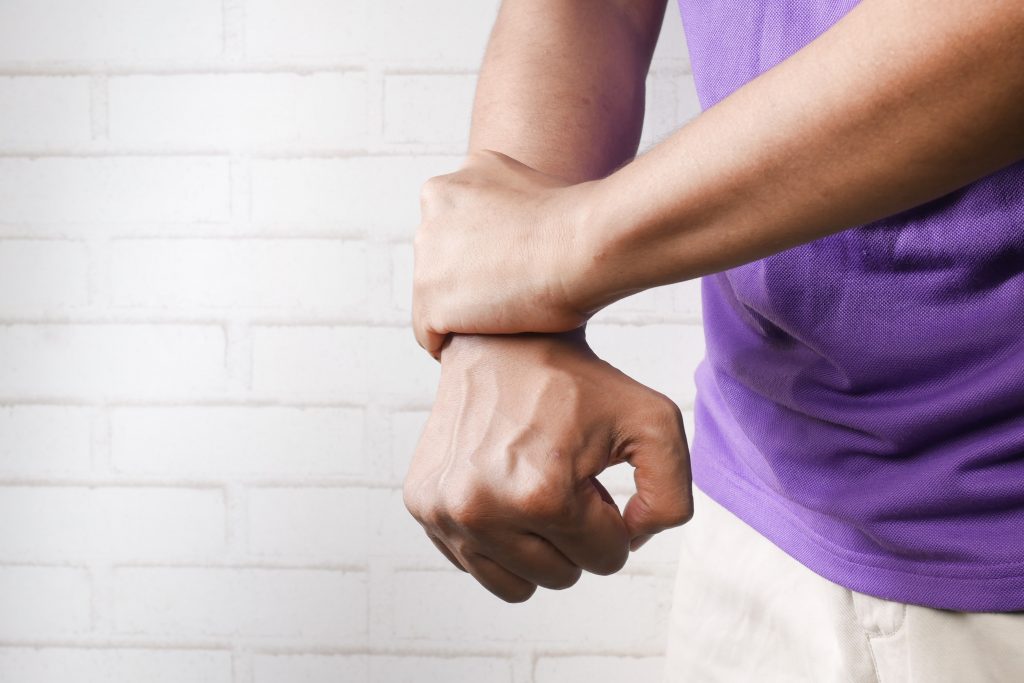
Lower Back Pain
Maintaining a ‘hunched’ posture when riding a bicycle can lead to lower back pain. This can lead to stiffness after a long session, or serious conditions such as sciatica, vertebrae issues, or a herniated disc. This can also cause neck pain, which can make daily tasks difficult and reduce your ability to look for danger when cycling.
Solution: Your frame plays a key role in preventing back pain. An undersized frame causes the arching that results in back pain and an oversized frame leads to overextension, producing the same effect.
Broken Collar Bone
A broken clavicle is one of the most common, and painful, injuries cyclists endure. This is caused by falling incorrectly in the wake of an accident. A rider places their hand out to cushion a fall and the impact travels up the arm, into the shoulder, and produces a fracture. This commonly happens in a descent, or when cycling competitively in a pack.
Solution: Learning how to fall correctly can prevent unnecessary harm. Aim to use the back of your shoulder, side, or buttocks to absorb an impact, and allow your body to go limp to reduce the risk of fractures.
Head Injuries
Head injuries range from cuts and scrapes, neck strains, all the way to a traumatic impact. Protecting your head should be a priority for all cyclists and wearing a properly fitted cycling helmet can reduce your risk of injury by up to 85%.
Solution: In addition to wearing a helmet, learning how to protect yourself in the event of an accident is essential. When falling, keep your chin tucked to your chest and aim to absorb any impact with the back of your body. If your head connects with the pavement or a hard surface, always consult your doctor to eliminate the potential of concussion.
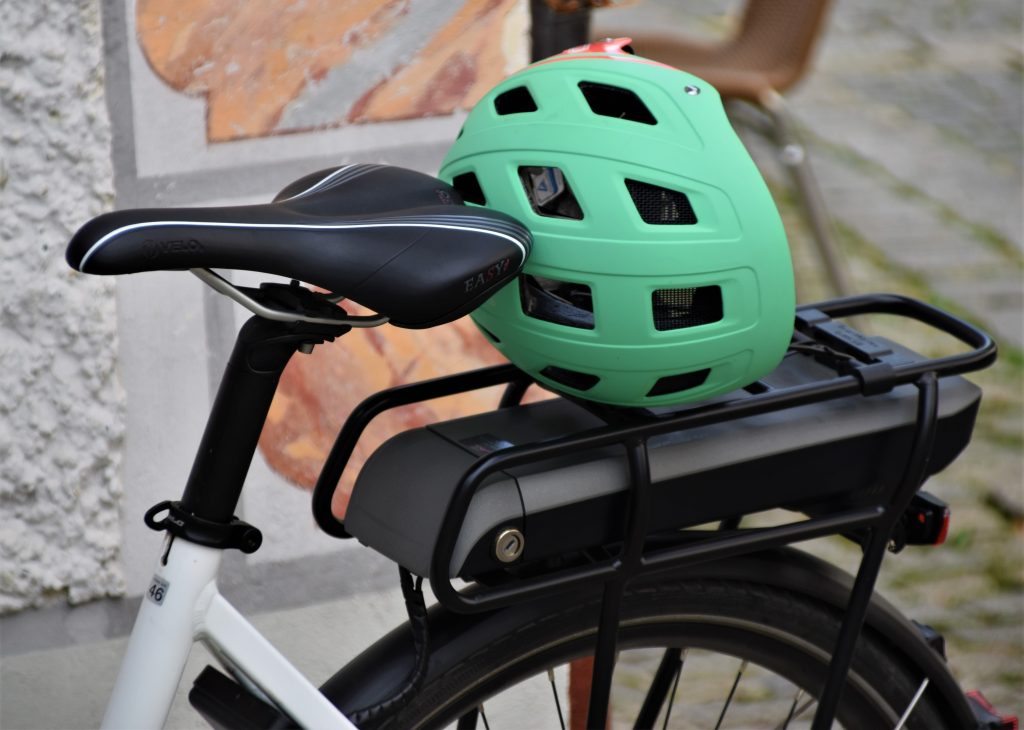
Knee Pain
The repetitious nature of cycling puts significant strain on the joints of the knee. This can produce cyclist’s knee, strains, cartilage tears and wearing, or even end up contributing to long-lasting issues such as arthritis or chronic inflammation. Stiffness can also affect your ability to cycle and reduce your capacity to exercise, or carry heavy loads in daily life.
Solution: Checking the height of your saddle can help prevent overextension. Take the time to warm up correctly and moderate your training to build strength and flexibility, while allowing sufficient recovery time.
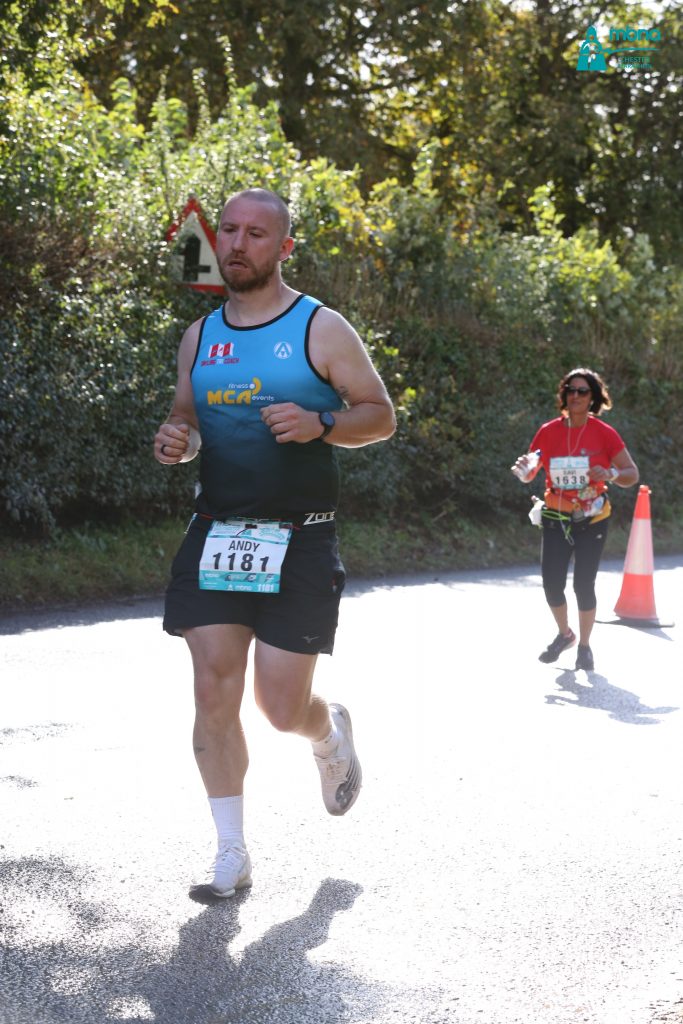
What next?
Ultimately, understanding the risks – and how to avoid them – will have a positive impact on your cycling journey. This allows you to steadily build your fitness, travel and train safely, and enjoy cycling as a lifelong hobby that isn’t derailed by otherwise avoidable accidents.

